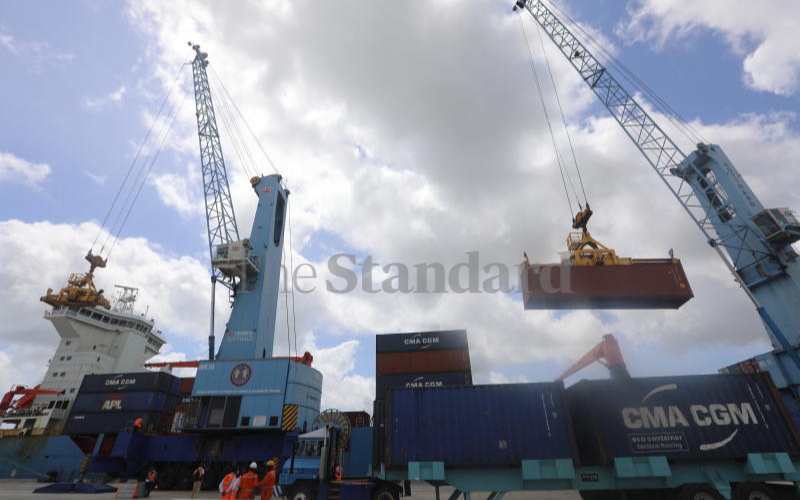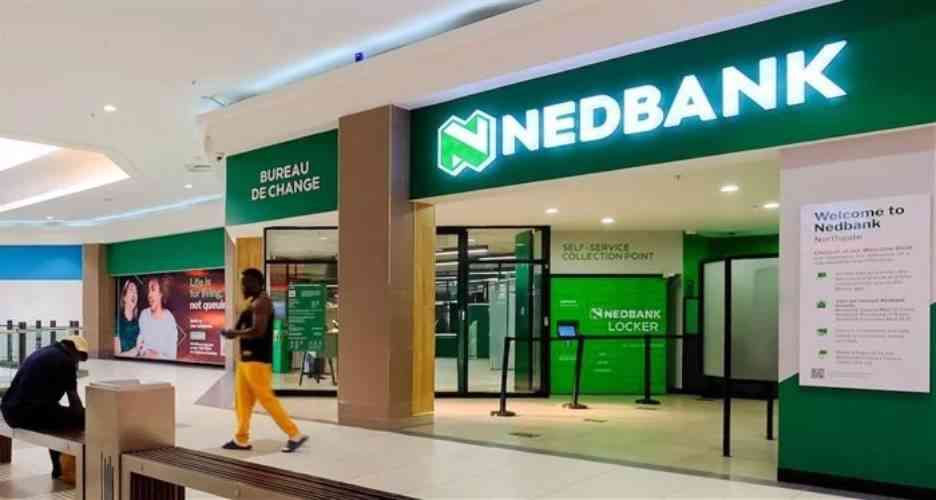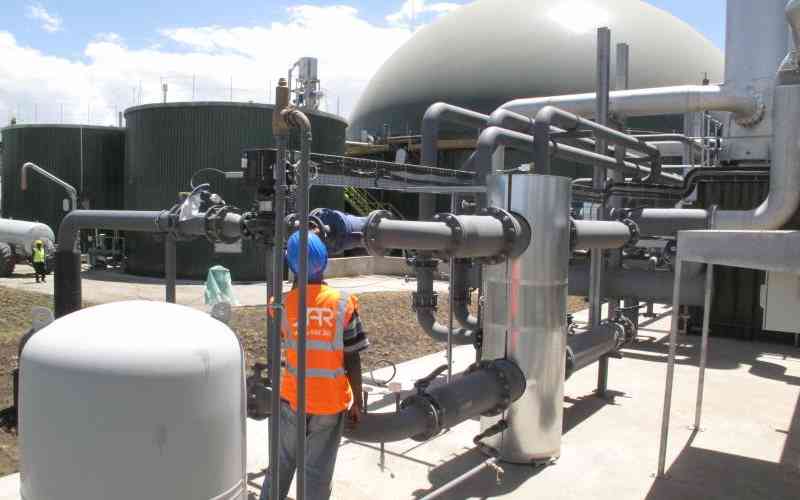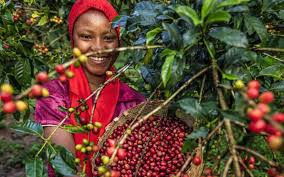×
The Standard e-Paper
Kenya’s Boldest Voice

In 2009, Parliament passed into law the Merchant Shipping Act which opened doors for local logistics companies.
Prior to the Act, the logistics business was dominated by a few foreign companies which offered all shipping and logistics supply chain services, crudely elbowing out local firms.







